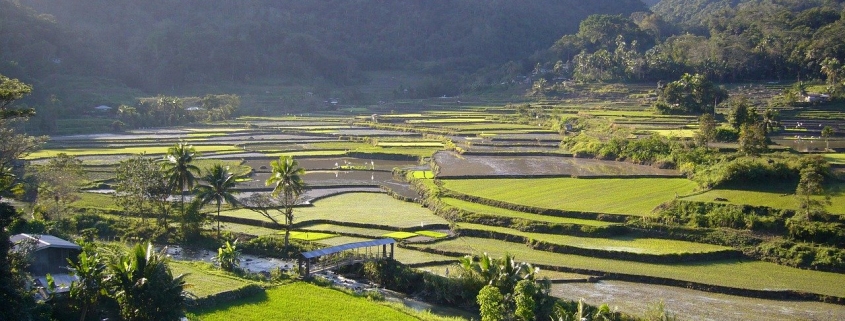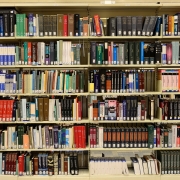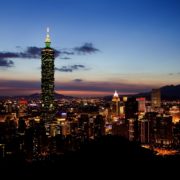What is the Green Revolution?
Topic of Study [For H2 History Students]:
Paper 2: Economic Development after Independence
Section B: Essay Writing
Theme II Chapter 1: Paths to Economic Development
Origins of the Green Revolution: Enter Norman Borlaug
Many countries such as Mexico and India were facing hunger and poverty. Together with a growing population, rice producers could not keep up with the burgeoning demand for food.
After Norman Ernest Borlaug completed his studies at the University of Minnesota, he embarked on his research journey in Mexico. He held the belief that sustainable agriculture could be achieved. In time, Borlaug’s efforts had paid off. It led to the creation of disease-resistant wheat strains that paved the way for the Green Revolution.
In 1964, Borlaug joined the Centro Internacional de Mejoramiento de Maíz y Trigo (CIMMYT) that specialised in the improvement of maize and wheat as well as the Consultative Group for International Agricultural Research (CGIAR). The CGIAR later became the central network for international organisations that engaged in research on food security.
Over the years, Borlaug’s contributions led to the improvement of new crops like barley, sorghum and triticale.
International Rice Research Institute (IRRI)
In 1960, the Philippine Government oversaw the creation of the IRRI. The institute set up its headquarters in Los Baños, Laguna (near Manila). With funding support from the Ford and Rockefeller Foundations, the IRRI aims to reduce poverty and hunger via rice research.
In 1978, the government capitalised on the Green Revolution by launching the Masagana 99 (Rice production programme) to improve credit access to rice farmers and achieve rice self-sufficiency. As a result, the local farmers benefited from the cultivation of high-yielding varieties (HYVs).
Impacts on Southeast Asian economies
The Green Revolution was a boon to many economies in the region. In Thailand, the government increased its investments in fertilisers and high-yielding strains of rice. From the late 1960s to early 1970s, rice production doubled.
In Indonesia, Suharto introduced the BIMAS (agricultural guidance programme) to facilitate the distribution of high-yielding rice varieities. By 1985, poverty was significantly reduced and the country attained self-sufficiency in rice.
“BIMAS is a system of agricultural extension, planned and on a mass scale, that aims to raise agricultural production, and at the same time to increase the propserity of farmers and of society…”
Soedarsono Hadisapoetro, Agriculture Minister (1978-1973)
Conclusion: Was the Green Revolution important?
In view of these developments, it is imperative to consider the significance of the Green Revolution in driving the growth of the economies in independent Southeast Asian states. Its importance has to be understood by analysing the state-guided approaches as well as the outcomes.
What can we learn from this article?
Consider the following question:
– How far do you agree that the economic development of independent Southeast Asian states was largely the result of external factors [to be discussed in class]?
Sign up for our JC History Tuition and find out how you can organise your content for the topic on Paths to Economic Development. Given the wide spectrum of issues to consider, we have derived a condensed set of notes to support your revision.
The H2 and H1 History Tuition feature online discussion and writing practices to enhance your knowledge application skills. Get useful study notes and clarify your doubts on the subject with the tutor. You can also follow our Telegram Channel to get useful updates.
We have other JC tuition classes, such as JC Math Tuition and JC Chemistry Tuition. For Secondary Tuition, we provide Secondary English Tuition, Secondary Math tuition, Secondary Chemistry Tuition, Social Studies Tuition, Geography, History Tuition and Secondary Economics Tuition. For Primary Tuition, we have Primary English, Math and Science Tuition. Call 9658 5789 to find out more.











